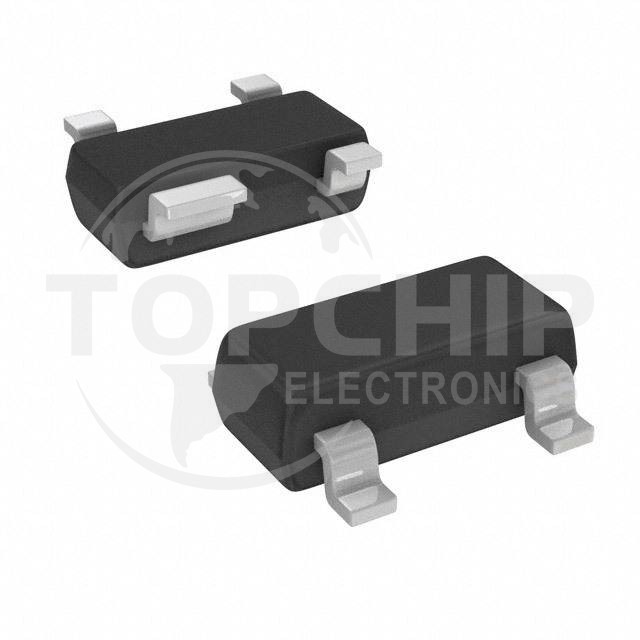In the vast realm of electronics, diodes stand as fundamental components with remarkable versatility. These tiny semiconductor devices play a crucial role in countless electronic circuits, enabling a multitude of functions. Let's dive into the fascinating world of diodes and uncover their nine common functions.
1. Rectification
Diodes are widely known for their rectification function, allowing current flow in one direction while blocking it in the opposite direction. This property makes them essential in converting alternating current (AC) to direct current (DC), ensuring smooth power supply to electronic devices.

2. Voltage Clipping
By utilizing their forward and reverse bias characteristics, diodes can clip or limit voltage levels in electronic circuits. This function protects sensitive components from excessive voltages and helps maintain signal integrity.
3. Voltage Regulation
Zener diodes, specifically designed to operate in reverse breakdown region, are employed for voltage regulation purposes. They maintain a constant voltage across a load despite variations in input voltage, making them invaluable for stabilizing power supplies.
4. Signal Demodulation
In communication systems, diodes serve as demodulators by extracting modulated signals from carrier waves. This process enables us to retrieve information encoded within radio waves or other transmission mediums.
5. Signal Mixing
Diode-based mixer circuits combine two different frequencies to generate sum and difference frequencies—essential for frequency conversion applications like upconversion or downconversion in radio communication systems.
6. Logic Gates
Diode logic gates employ diodes as key elements to perform logical operations such as AND and OR functions without requiring active amplification devices like transistors—offering simplicity and cost-effectiveness.
7. Overvoltage Protection
Transient voltage suppressor diodes shield sensitive components from damage caused by sudden spikes or surges in voltage levels—a crucial safeguard against electrostatic discharge events or lightning strikes.
8. Temperature Sensing
Thermistor-based temperature sensors utilize the temperature-dependent resistance characteristics of certain types of diodes to measure temperature variations accurately—a vital feature for applications like temperature control systems.
9. Light Emission - LEDs!
Light Emitting Diodes (LEDs) revolutionized lighting technology by converting electrical energy into visible light efficiently—an energy-saving alternative with extensive applications ranging from displays to automotive lighting.
Conclusion
From rectification to light emission, diodes boast an impressive array of functions that underpin modern electronics' functionality and innovation across industries worldwide.
Understanding these nine common functions unlocks endless possibilities for harnessing the power of these miniature yet mighty devices!
Diode product recommendations:

